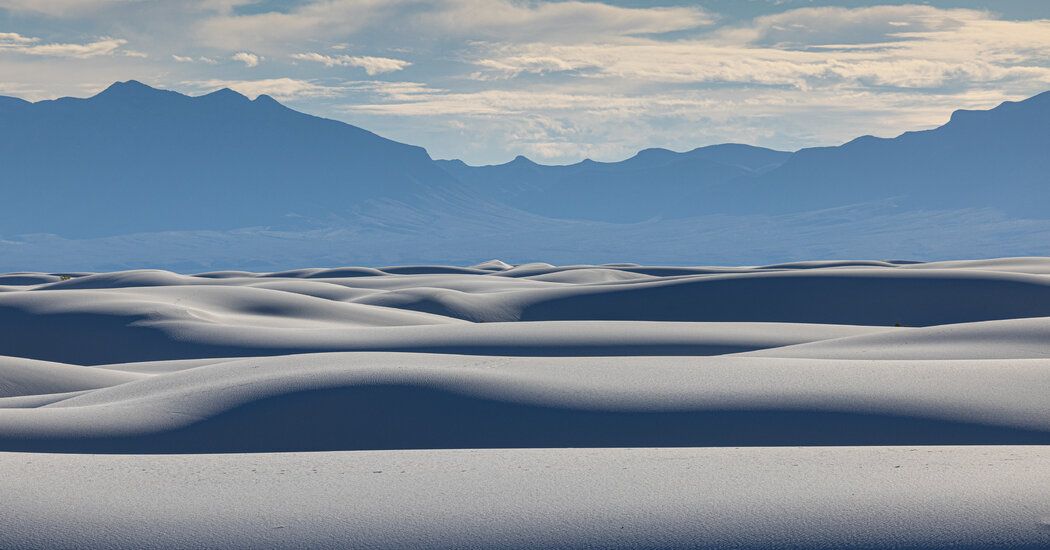They say the sun rose twice over a corner of southern New Mexico on July 16, 1945. The first sunrise was produced by the detonation of a new weapon its makers had nicknamed “the gadget.” The actual sun rose 10 minutes later, dawning on a new era in human history.
The world’s first atomic bomb exploded that morning, launching the nuclear age, and foreshadowing the dropping of atomic bombs on Hiroshima and Nagasaki within the month.
Though the creation of the bomb was dubbed the Manhattan Project, much of its development took place in New Mexico, making it the nation’s premier nuclear state, with, today, weapons labs, a cache of nuclear weapons, a nuclear command center and atomic history around every butte. Some of the sites are off limits to the public, but it is possible to tour atomic New Mexico without getting irradiated or arrested.
The detonation site itself is known as Trinity Site, and it lies within the White Sands Missile Range, a 31-square-mile area of forbidden high desert, on a plateau of creosote and sand deep between two knife-sharp mountain ranges. The test site has traditionally been open to visitors two days a year, in spring and fall, but the pandemic put a temporary halt to any visits.
This fall, the United States Army announced that it would resume public visits, with the first open house scheduled for the second weekend of October. Against the geopolitical backdrop of the war in Ukraine and Vladimir Putin’s nuclear rhetoric, there’s no time like the present to think about our nuclear history, and I decided to make Trinity Site my first stop on an atomic tour of the state. The bomb project’s lead scientist, J. Robert Oppenheimer, named it Trinity after a John Donne poem about humanity, faith and submission to God.
The New Mexico landscape is eerily apropos to an atomic tour. Relics of primordial geological violence are everywhere: plunging rifts and canyons, volcanic calderas, ancient lava flow and a vast, surreal, white desert, almost lunar. Before 8 a.m. in the morning, a line of cars already snaked down the one-lane blacktop to the White Sands gate, where soldiers in Day-Glo yellow vests checked driver’s licenses for names on the foreign terrorist list.
A Sunday-market vibe prevailed. Under a cobalt October sky, picnic tables, dogs on leashes, gamboling children. Volunteers grilled hot dogs and brats, and sold chips, candy, soda and water under a tent. Mushroom cloud T-shirts and other atomic swag could be had at…
Click Here to Read the Full Original Article at NYT > Travel…
